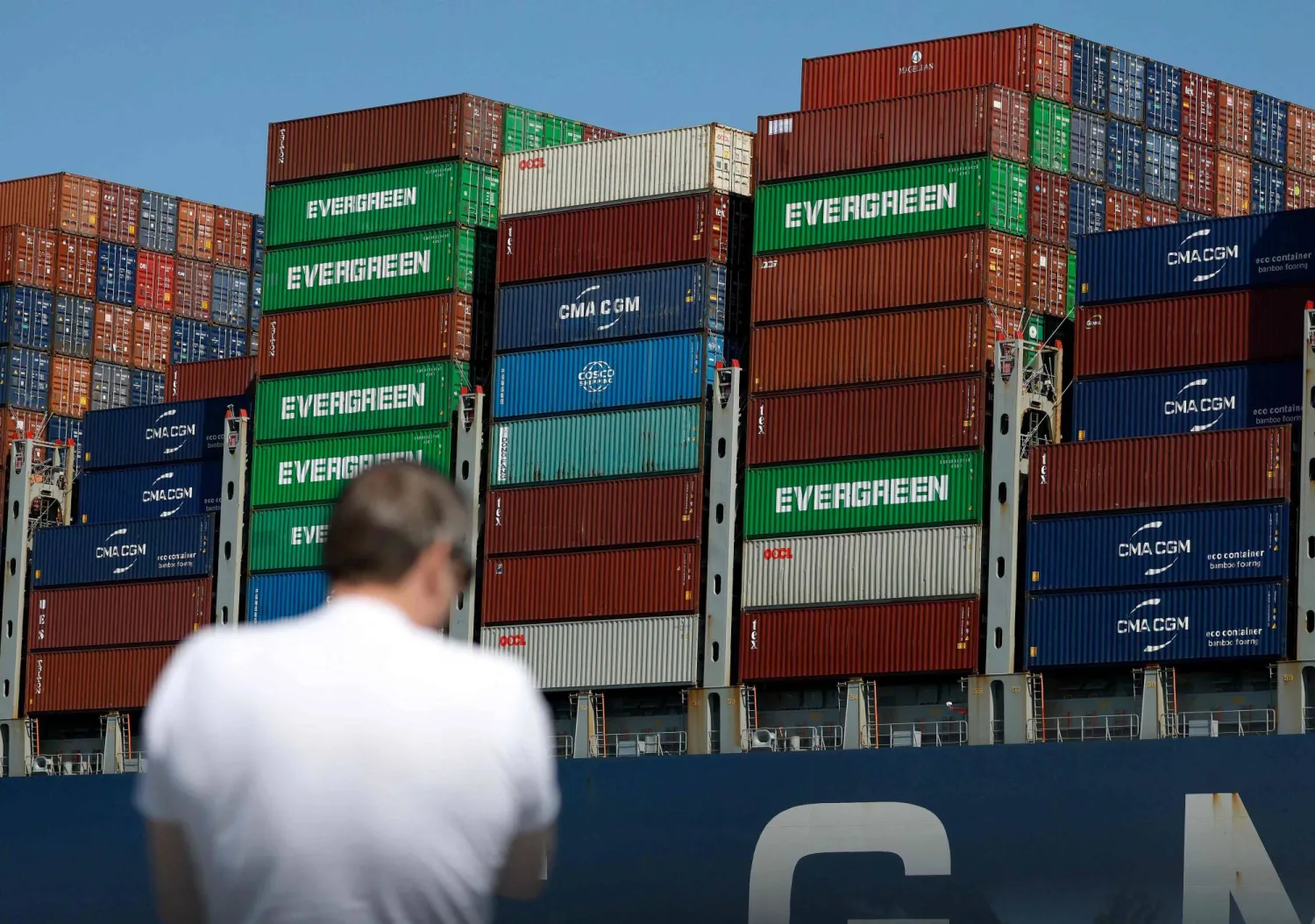There has been widespread speculation on the escalating conflict in Syria, as observers attempt to understand its causes, implications, and the US position. The recent, unexpected offensive launched by Syrian opposition groups—led by Hayat Tahrir al-Sham (HTS), which is designated a terrorist organization by Washington—has significantly reshaped the Syrian civil war. The timing is particularly noteworthy, as the offensive began just two days after a ceasefire was announced in Lebanon between Israel and Hezbollah.
While some analysts suggest Türkiye may be behind the opposition’s assault, they also note a perceived laissez-faire attitude from the administration of President Joe Biden. This approach may serve multiple objectives: exerting pressure on Iran and Russia, influencing the incoming Trump administration, ensuring US forces remain in northeastern Syria, and maintaining protection for Kurdish forces against potential Turkish aggression, should political negotiations in Syria fail.
Brian Katulis, a senior fellow at the Middle East Institute in Washington, asserts that Syria’s civil war “never truly ended.” It has persisted at a lower intensity, with the Bashar Assad regime continuing its attacks on civilians with support from Russia, Iran, and Hezbollah. However, the renewed fighting complicates the situation for Kurdish fighters, another group opposing Assad, who have controlled parts of Aleppo. Reports indicate that these fighters began evacuating the region by bus on Monday.
In remarks to Asharq Al-Awsat, Katulis argues that the primary driver of recent developments is internal, as sustainable stability has never been achieved. Opposition forces have exploited systemic weaknesses in the regime—such as corruption, stagnation, and a lack of political legitimacy—to reorganize. He emphasizes that millions of Syrians still aspire to freedom, a desire that remains unchanged despite ongoing challenges.
While external players like Türkiye, Russia, and Iran are significant, Katulis believes the central issue lies in Syria’s internal divisions and the power struggles among competing factions.
The US Position on Assad
Despite the renewed turmoil, the US stance on Assad has remained consistent for over a decade. A State Department spokesperson recently reiterated that while the US acknowledges Assad’s loss of credibility, removing him from power is not a priority. Nor does Washington actively support the opposition factions.
According to The New York Times, US and Gulf states, along with Israel, have previously extended proposals to Assad, urging him to sever his key regional alliances with Hezbollah and Iran. However, the ongoing offensive by opposition factions may derail these efforts. The report suggests that Assad is likely to double down on his reliance on Iran and its allies for survival.
Despite these challenges, sources in Washington have hinted at potential shifts on the ground. They suggest that Assad might now be more receptive to proposals for distancing himself from Iran. Reports indicate preliminary negotiations between Assad and Turkish President Recep Tayyip Erdogan, reportedly brokered by Russian President Vladimir Putin.
According to these sources, recent Russian military support to defend Hama underscores Moscow’s commitment to preserving Assad’s regime. Simultaneously, discussions are underway to secure the withdrawal of armed factions from Aleppo—potentially before or shortly after Trump assumes office. These plans reportedly include neutralizing non-Syrian fighters within opposition factions, integrating Syrian fighters into a Ministry of Defense-controlled corps under Turkish and Russian guarantees, and paving the way for Iran’s eventual exclusion from Syria.
Türkiye’s involvement, whether direct or tacit, aligns with its tactical goals of expanding its influence in the Syrian conflict. Analysts suggest Ankara may be leveraging the transitional period between the Biden and Trump administrations to strike at Russian and Iranian influence in Syria. This follows Israeli efforts to weaken Hezbollah and Iran, coupled with Russia’s distraction due to its ongoing war in Ukraine.
US Secretary of State Antony Blinken recently highlighted Assad’s refusal to engage in any meaningful political process. He noted that the opposition factions’ advances underscore vulnerabilities among Assad’s backers, including Russia and Iran.
Meanwhile, Kurdish forces—long viewed as adversaries by Türkiye—reportedly had no option but to accept safe passage to northeastern Syria, where they have participated in US-led operations against ISIS over the past decade.
As opposition factions approach Hama, the regime’s response to the Aleppo offensive signals a potential resurgence of civil war. This shift complicates US efforts to turn the page on Syria’s conflict, an initiative that has yet to produce tangible results.







